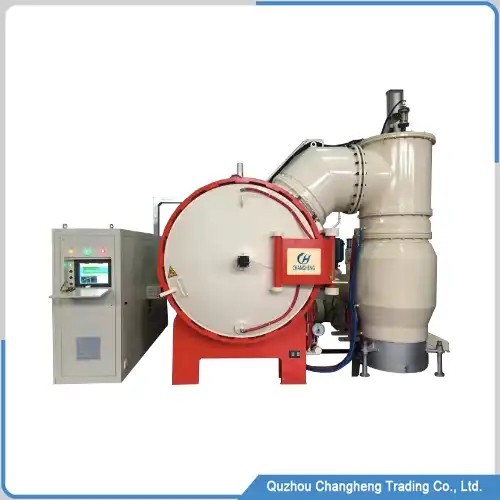
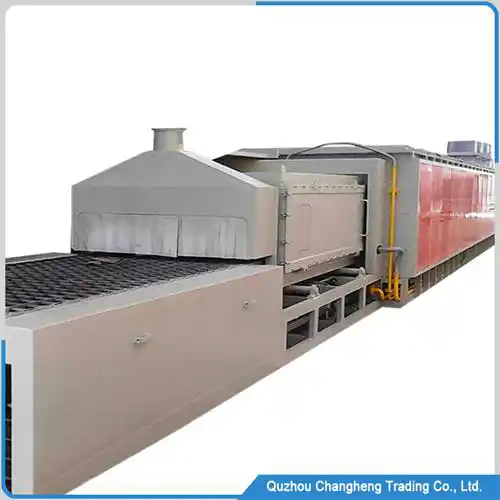
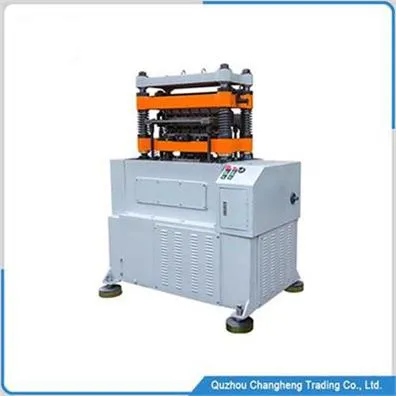
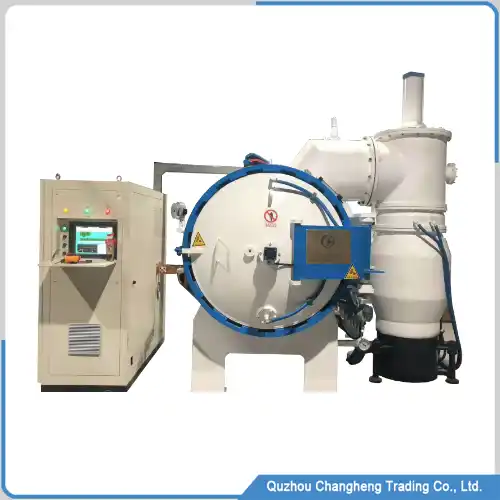
Product Description
A vacuum hardening furnace is industrial heat treatment equipment. Its main function is to heat metal materials in a specific vacuum pressure environment, heating and cooling them according to their characteristics. This activates the metal’s performance and improves its quality.
Our Vacuum hardening furnace is customization according to the size of the user’s products to meet all users’ production requirements. Our vacuum furnace can meet your production needs whether your metal products are large, heavy industrial parts or small, tool-type parts.
Vacuum hardening furnace Body structure
The furnace body is horizontally placed and shaped like a cylinder. The internal space size of the cylinder is designed according to the user’s requirements.
The furnace body has a door that opens on one side. The door lock is a flange plate driven by a pneumatic cylinder, which locks the door automatically. This design structure is currently the most convenient.
The furnace’s inner wall is SS316L, 10 millimeters thick, and its outer wall is SS304, 8 millimeters thick. Water cooling pipes are installed between these two materials. When the vacuum hardening furnace needs cooling, these pipes circulate cooling water quickly.
A nitrogen transport pipeline has been install in the vacuum furnace. Some hardening processes require nitrogen; when the requirements are met, the valve automatically opens to transport it into the furnace.
The appearance color of the furnace body can be customization, usually using gray-white and matching other bright colors as decorations. This paint can withstand high temperatures.
Vacuum hardening furnace data
| No. | ITEM | DATA |
| 1 | Maximum temperature | 1650℃ |
| 2 | Door opening type | Side opening |
| 3 | Extreme vacuum degree | 5*10-4 |
| 4 | Furnace cavity size | 90*60*60cm |
| 5 | Brand | Changheng |
| 6 | Production location | China |
| 7 | Power supply | 380v/50Hz |
vacuum hardening furnace process
1, Preprocessing
Before vacuum hardening, metals need to undergo pre-treatment, such as machining into the designed shape, cleaning the surface of oil stains, etc
2, Process settings
Place the metal material into the vacuum furnace and close the furnace door. Set the entire vacuum hardening process on the touchscreen
3, Heating and vacuuming
Heating and vacuuming are carried out simultaneously, usually with multiple steps. For example, when the temperature reaches 300 ℃, what is the required vacuum pressure
4, heat insulation
When the temperature and vacuum pressure reach the set values, the metal material must be kept in a vacuum for some time. The length of time depends on the material’s properties and the process requirements.
5, sclerosis
After the insulation, the metal material is rapidly cooled to achieve the required hardness. There are two ways to achieve this hardening process, such as nitrogen cooling and cooling
6, cooling
After the metal parts have hardened, the cooling water cools the vacuum-hardening furnace.
Cool the temperature to the set value and maintain it for some time; remove the metal material and complete the hardening process.
Vacuum furnace manufacture factory video
Support and Services
- Professional installation
Our service team will provide installation services for vacuum hardening furnaces. However, users must provide sufficient space to ensure the installation site is flat and clean, with a good power supply.
- Debugging services
After installation, our team will comprehensively debug and test the vacuum furnace. Key parameters such as vacuum degree, heating speed, and temperature uniformity should be adjusted to the optimal state.
- Training services
The training has two parts, theoretical training and practical operation training, Our engineers will provide users with detailed explanations of the vacuum furnace’s working principle, structural composition, operating procedures, and safety precautions, enabling user engineers to master all technologies as quickly as possible.
- Supply of accessories
We will provide spare parts to ensure the vacuum hardening furnace can uses generally in the customer’s factory for 3-5 years. Spare parts should cover all key components of the vacuum furnace, such as vacuum pump parts, valves, heating elements, gaskets, temperature sensors, etc.
- Software upgrade
With technology continuously developing, vacuum furnace control software may need to updates. In the future, we will provide these services for free, such as upgrading temperature control algorithms and improving temperature uniformity.

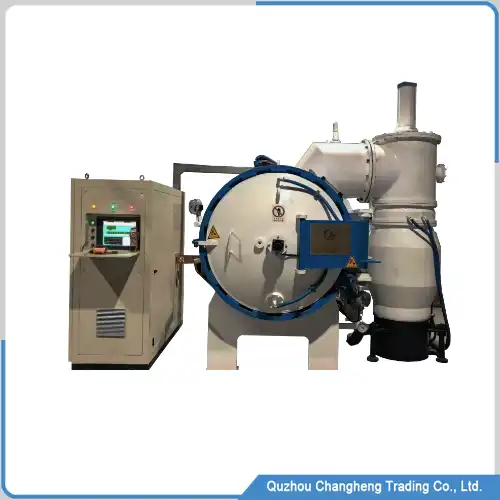
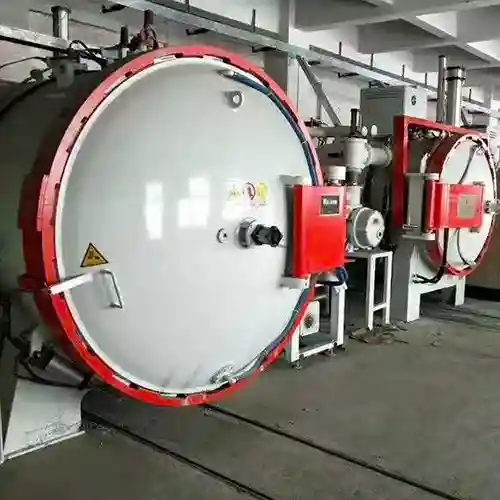
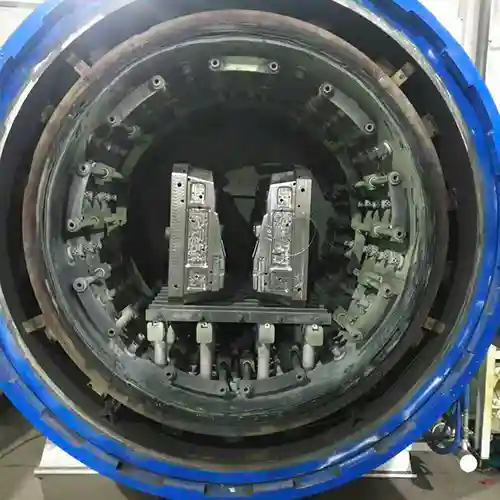








 wechat
wechat